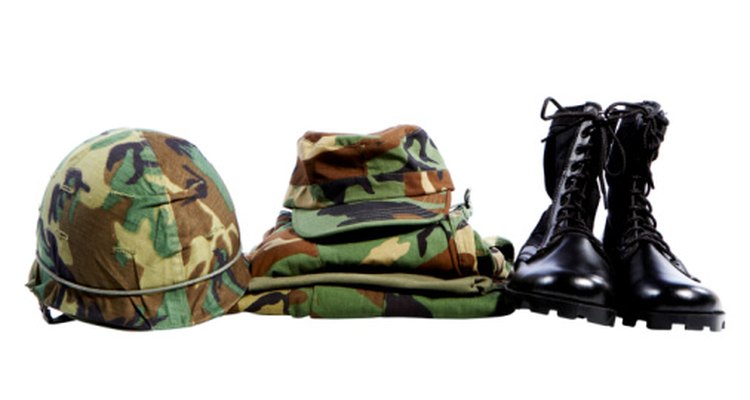
There are five branches of the U.S. military with distinct uniforms: the U.S. Army, Air Force, Marine Corps, Navy and Coast Guard. While the uniforms vary in color, pattern and style, each has basically the same components as the others. Each branch has a specific uniform for daily wear, one for formal wear and one for wear during physical training sessions; some branches have additional uniforms. Additionally, every branch has its own set of uniform regulations that govern how service members are required to wear military clothing.
Headgear
All the U.S. armed forces' uniforms include military headgear. Headgear refers to a head covering of some sort that must be worn outside. Each branch requires its members to wear a hat when outdoors, whether it's a felt beret, a cotton patrol cap or a Kevlar helmet. Other types of headgear include sailor's caps, ball cap-style head coverings and boonie hats. Fashioned like a bonnet, boonie hats protect the service member's face, head and neck from the sun. Unit commanders typically designate the type of headgear their subordinates are required to wear on a daily basis.
Upper Body
The upper-body components of daily-wear military uniforms generally consist of a jacket, sometimes referred to as a blouse, and an undershirt. Dress uniforms are a bit more extensive, requiring a jacket, a dress shirt and an undershirt. Dress uniforms generally include a tie as well. Winter physical training uniforms include a jacket worn over a long-sleeved T-shirt; summer physical training uniforms consist of a T-shirt bearing the branch's logo or name.
Lower Body and Feet
The pants of a military uniform are called trousers, and they are identical in pattern and color to the blouse. Trousers intended for daily wear are tucked into the service member's boots or tied just above the top of the boot to present a bloused appearance. Boots are worn with everyday uniforms. Dress bottoms for males consist of pressed slacks and dress shoes. Females may elect to wear a below-the-knee skirt or pressed slacks and dress shoes. Regular sneakers or tennis shoes are worn during physical training.
Additional Items
Required items can be added to basic military uniforms by a unit commander. For example, a unit commander may direct troops to carry a pen and paper at all times; in that case, service members without a pen and paper are considered "out of uniform" and may be subject to corrective training. Commanders can permit troops to wear unit-specific T-shirts, athletic shoes or civilian headgear with regular uniforms.
Related Articles
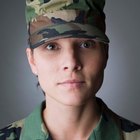
Importance of Military Uniform ...
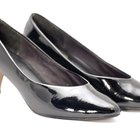
The Army Regulations for a Female in ...

How to Design a Military Uniform
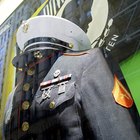
Alpha Uniform Regulations in the Marine ...

Marine Dress Blues Regulations

What Type of Clothing Do People in the ...

How to Wear the USAF Mess Dress Uniform
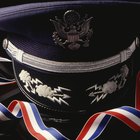
What Is the Difference Between Air ...

How Much Is an Average School Uniform?

Parka vs Bomber Jacket

How to Wear the ABU

What Can a Man Wear With an Argyle ...
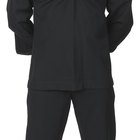
Navy Pea Coat Uniform Regulations

How to Make a Clerical Shirt

Military Dress Blues Setup Guide

How to Wear Marine Corps Ribbons & ...
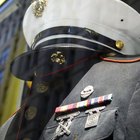
How to Dress for a Military Dinner
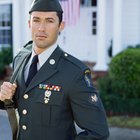
Army Class A Uniform Guide

How to Clean a Simpson Racing Suit

How to Properly Wear a Police Dress ...
Writer Bio
A professional writer since 1994, Eva Talent was trained as a journalist by the U.S. Army. She received two Army Commendation Medals and an Army Achievement Medal for journalistic excellence. Her press releases are frequently featured on the websites of the Department of Defense and the Army. Talent holds a Bachelor of Arts in psychology from the University of Michigan.
Photo Credits
Thomas Northcut/Photodisc/Getty Images